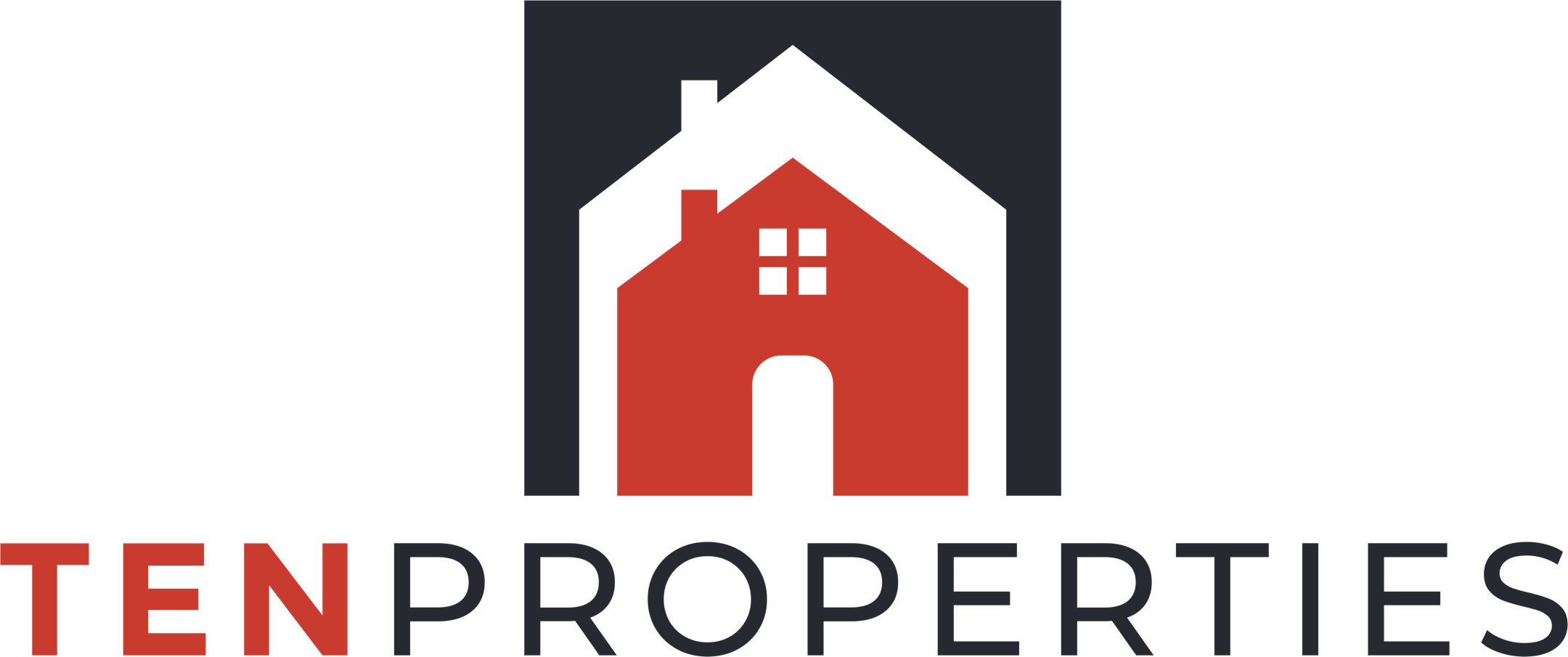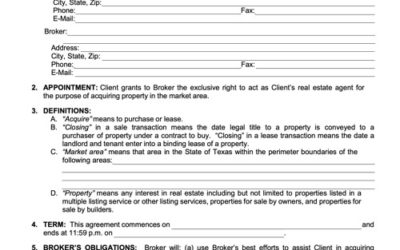New Lending Guidelines Create Massive Opportunity for First-Time Homebuyers and Aspiring Investors
Much of the United States is suffering from a home affordability crisis, which makes it especially difficult for first-time homebuyers and aspiring investors to break into the real estate market. The huge run-up in prices combined with higher interest rates have made monthly payments unattainable for many would-be homeowners. At the same time, investors have been required to put down 15-25% to get a loan on investment property. This applied to both single-family rental properties, as well as multifamily properties where the owner lives in one unit and rents the others.
In a groundbreaking policy shift in November 2023, Fannie Mae announced new guidelines that allows owner occupants to put as little as 5% down on duplexes, triplexes, and quadplexes. A $500,000 duplex can now be purchased with $25,000 down, where previously it required at least $75,000 down. The owner can rent the other side of the duplex to offset the monthly payment while building additional equity.
Scenario 1
$400,000 single-family home with 5% down, 30-year fixed mortgage at 6.5%
Down Payment: $20,000
Principal and Interest: $2,400/mo
Taxes & Insurance: $800/mo
Total Monthly Payment (PITI): $3,200/mo
10-Yr Equity Gain (assume 5% annual appreciation): $251,557
Scenario 2
$500,000 duplex with 5% down, 30-year fixed mortgage at 7.0%
Down Payment: $25,000
Principal and Interest: $3,160/mo
Taxes & Insurance: $900/mo
Total Monthly Payment (PITI): $4,060/mo
Rent from Adjacent Unit: $1,700/mo
Net Monthly Housing Payment: $2,360
10-Yr Equity Gain (assume 5% annual appreciation): $314,447
With an extra $5,000 toward down payment, a homebuyer can purchase a $500,000 duplex instead of a $400,000 single-family home, live in one side, and rent the other. The monthly payment would be $840/mo less, and the equity gain after 10 years would $73,000 more. Over 10 years, the combined savings in monthly payments plus equity gain is $174,000!
Owner vs. Landlord
Of course there are tradeoffs to consider in buying a duplex to live in one side while renting the other. Being a landlord requires a little extra work, but in this case, collecting the rent and addressing maintenance issues just means walking next door. This significantly simplifies property management. You see your investment property every day, so you can address minor issues before they turn into major headaches. Also, if a hailstorm damages your roof, you have a single insurance claim and only one deductible to pay.
What About Fannie Mae Loan Limits and Self-Sufficiency Requirements?
You may have heard that FHA loans were available for owner-occupants of multifamily properties with as little as 3.5% down. This is true, but it is practically impossible to qualify for. To qualify for 3.5% down, FHA Rule 75 requires 75% of rent to exceed the monthly mortgage. This was referred to as the “self-sufficiency test.” In the duplex example above, 75% of rent is $1,275 ($1,700 x 0.75). This is nowhere near the $4,060 monthly payment, so the property would not qualify for an FHA loan with 3.5% down payment. With these new lending changes, the self-sufficiency test is eliminated. In addition, the new guidelines provide very generous loan limits. The maximum loan amount for 2-4 unit properties is now $1,396,800, so investors can use loan leverage to acquire more expensive properties and benefit even more from equity appreciation.
First-Time Buyers Can Use Rental Income to Qualify
Not only does the rent effectively lower the monthly payment for multifamily owner-occupants, but the expected rent can also be used to assist in loan qualifications. The rent, excluding a 25% allowance for vacancy, can be added to the applicant’s other income for qualification purposes. Consider the following example:
Employment income: $7,000/mo
Future rental income (minus 25% for vacancy): $1,275/mo
Total qualifying income: $8,275/mo
A Golden Opportunity for First-Time Homebuyers
With housing prices and interest payments making housing unattainable for many first-time homebuyers, some enterprising investors have turned to “house hacking,” in which they rent out rooms in their home to offset expenses. With this new program, you can similarly offset your expenses without having a roommate. The ability to make a smaller down payment, use rent to qualify for a mortgage, and have rent reduce your monthly payments makes buying a multifamily property as a first home a uniquely lucrative opportunity. You can buy your first home and acquire your first investment property with only one step, and collect rent while building equity more quickly.
As multifamily owners and investors ourselves, Ten Properties has deep knowledge and experience in the market for 1-4 unit properties in Central Texas. We also have in-depth financial models to help you find a property that you not only want to live in, but that will also be a great investment. Contact us today for a free consultation to see how we can help you.
Read more real estate investing articles like this on the Ten Properties blog





